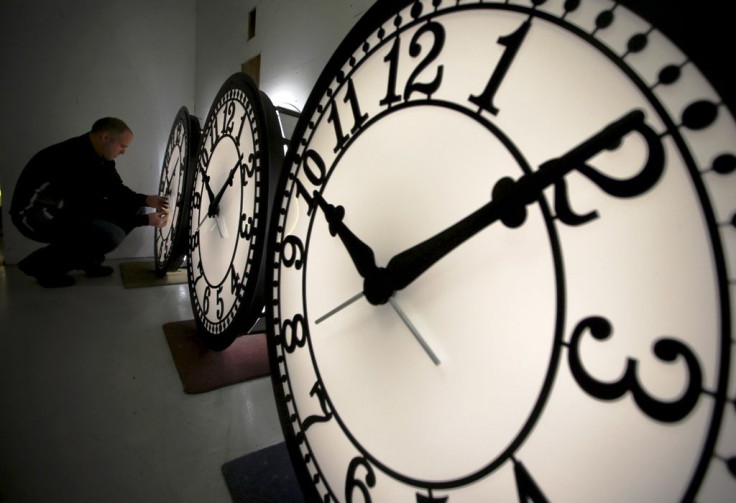When Is Daylight Saving Time 2022? Changing Clocks To Spring Forward
The days of getting an extra hour of sleep will soon be over as Americans prepare for the arrival of daylight saving time on Sunday at 2 a.m., when clocks will spring forward.
The purpose of setting clocks forward by one hour is to allow people more daylight during the warmer months. Meanwhile, setting the clocks back by one hour in the fall grants additional daylight for winter mornings.
Daylight Saving Time begins on the second Sunday in March and ends on the first Sunday in November. This year, daylight saving time will end on Nov. 6.
Many have credited inventor Ben Franklin for the concept due to his essay “An Economical Project,” which encouraged people to get up earlier to save on the cost of candlelight.
Daylight saving time wasn’t adopted by the U.S. until World War I. On March 31, 1918, Congress declared clocks would spring forward by one hour at 2 a.m. and suggested Americans should go to bed earlier.
However, it wasn’t until 1966 that Congress passed the Uniform Time Act, officially approving the consistent use of daylight saving time across the country. There are still some states and territories, including Arizona and Hawaii, that don’t participate.
Although daylight saving time is a long-standing practice in the U.S., lawmakers have been debating whether the policy should end.
On Wednesday, experts testified in front of the House Energy and Commerce subcommittee on consumer protection about the consequences of disrupting sleep twice a year.
Experts claimed the disturbance of sleeping has been linked to cardiac problems and could cause other health and public safety risks.
For now, the practice remains in place, which means people should consider setting their analog clocks forward before they go to sleep on Saturday night to avoid potentially showing up late for Sunday plans.
Meanwhile, computers, smartphones, and smartwatches spring forward on their own.

© Copyright IBTimes 2025. All rights reserved.






















